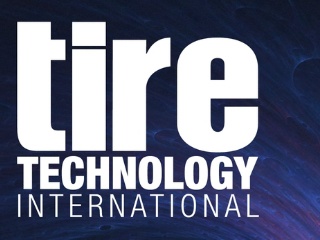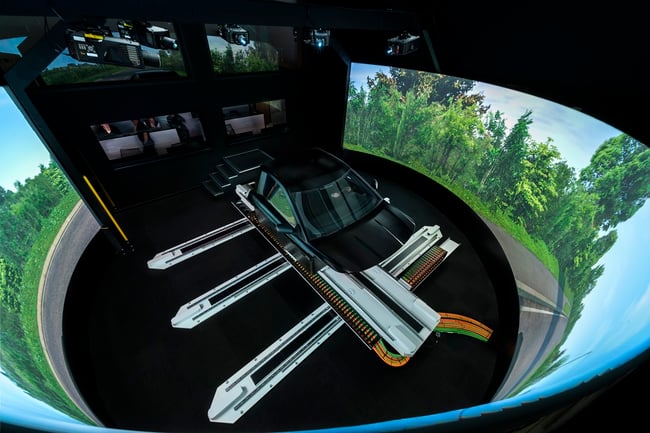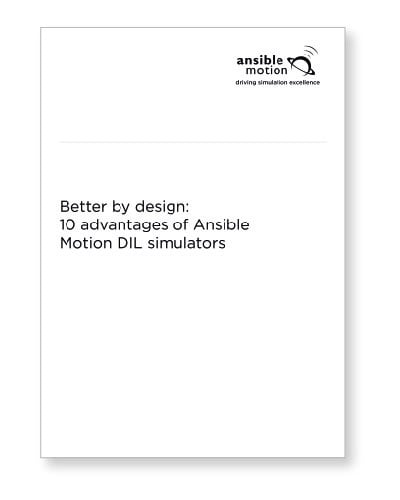 Leading experts explain the role of virtual tools in today's tire development environment.
Leading experts explain the role of virtual tools in today's tire development environment.
It's no longer a surprise that digital tools can speed up development times, reduce costs and enable tire manufacturers and vehicle OEMs to respond more quickly to market demands or changes in legislation. But simulation technologies are also key to meeting sustainability targets by reducing the use of physical materials and resources in prototypes.
TTI speaks to two experts (from Pirelli and Ansible Motion) in employing digital systems to enhance, streamline and optimize the tire development process.
Like many other tire manufacturers, Pirelli uses digital tools early in the process. This includes designing the geometries of a tire's structure and tread pattern before any thought is given to the first molds for prototypes. Then the process moves into simulation, which runs through three phases. Dario Marrafuschi, Head of Product at Pirelli, explains:
The first phase consists of virtual simulation of the performance of the stand-alone tire, where individual parameters such as rolling resistance, tire footprint and hub forces can be verified and optimized. In the second phase, the digital model of a specific car is added, thus introducing a number of variables. In the third phase, the driver is also added into the loop with a driving simulator, and the performances being tested are those required by customers. These three steps are not necessarily executed in order from one to three - occasionally phase three is the starting point.

It's no surprise that simulators are being increasingly used across the industry. Ian Haigh, Team Lead at Ansible Motion, believes that there are three key attributes to consider for successful testing in the virtual world.
The first is adequate models of the physical characteristics of the tire, vehicle and roadway. While some information might not be available early in the development program, Haigh explains that it can be supplemented with information from previous programs and then shifted to more accurate data as development progresses. The second attribute is sufficient computing power to exercise the models in real time in a DIL environment. Finally, the DIL simulator ecosystem, including all of the [human] sensory elements needed for the tests, must have enough fidelity to provide test engineers and evaluators with sufficient critical feedback. Haigh asserts the following:
Tire performance modeling remains one of the most complex and computationally demanding aspects of a car to stimulate. DIL simulation places further demands on modeling efficiency, computationally and in a hardware sense, than would be the case in offline simulation environments, which do not need to execute in real time.
This makes safe and secure connectivity and [data] sharing critical. Ansible Motion's DIL simulators use a special distributed data bus (DDB) environment to create a shared sandbox between departments and even different companies. Haigh continues:
Most manufacturers use different software tools and development methodologies - as they should. A common DIL simulator space allows everyone to plug in without incurring additional costs and reinvention of the wheel.
Haigh recognizes that there is also more pressure on tire manufacturers and vehicle OEMs to develop model-specific tires, as well as to meet sustainability and net-zero mobility demands. To this end, he sees the benefits offered by digitally modeling and simulation as instrumental to green initiatives to reduce resource consumption.
What kind of real-world savings can be achieved with a modern simulator program? Virtual screening enables Pirelli to save around 30% of development time. Continental estimates it can eliminate 10,000 test tires and around 100,000 km of test mileage every year by using a simulator, and claims that whereas a physical series of two [tire] development loops can take up to three months, with virtual tools and their DIL simulator that time can be reduced to just 90 minutes.
Read the full article on the Tire Technology International website.



